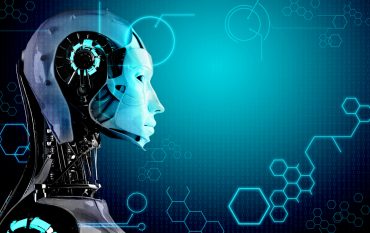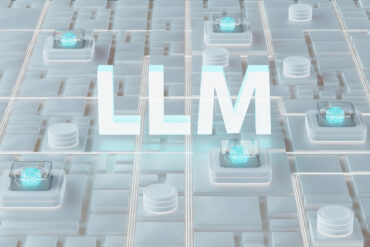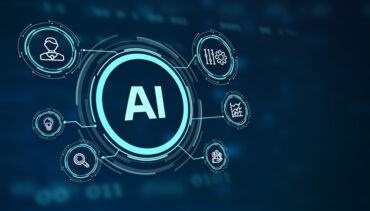
Over the last 15 years, the term cloud—in reference to a centralized computing model where just about anyone can have access to enterprise-class computational features and performance—has become ubiquitous. RTInsights contributor Ryan Begley explains how the Internet of Things (IoT) is decentralizing computing, pushing real-time analytics to the network’s edge.
Marc Benioff and the company he founded in 1999 championed the call for an end to software. Customer relationship management (CRM) hosted in the cloud and subscription-based applications sprung up throughout the enterprise technology sector. I remember attending Oracle OpenWorld in 2006 and being surrounded by hired protestors standing outside with picket signs that had the word “software” with a huge X placed over it.
Gradually, the rest of the world fell into the cloud’s orbit, with Amazon Web Services (AWS) moving the concept several steps forward by allowing anyone to host whatever they wanted in Amazon’s global data center footprint. Others followed over the years and the global enterprise server market has cratered as a result. A former colleague recently told me, “If you’re not talking cloud, you can’t talk about technology—CIOs are now technology brokers for the business.”
Every model has its strengths and its weaknesses and, like most things, a healthy mix is often the best path. With the emergence of the IoT, a mixed approach between centralized and decentralized computing models is more than just smart business: it’s possibly the only way for IoT services to reach global adoption.
Estimates range that we will see 15, 30, even 70 billion connected devices globally by 2020—all generating streams of data getting pushed across the various regional networks through the Internet. But not only is this unnecessary, it’s often more advantageous to push analytic capability down to the outer section of the network, as close to the endpoint as possible. Rather than bring the data to a centralized hub for analysis, capitalize on opportunities at the edges.
Why is it more advantageous? Because speed enables automation—and automation is a key benefit of IoT-related projects such as continuous uptime, safety alerts and condition-based maintenance. These all rely on IoT data and will probably become highly automated as a result. If the analytics are done at the edge, then the speed at which these processes are executed is exponential. The faster you get the data, analyze the data and react, the more value is captured or value loss mitigated.
Warehouses, logistic managers, factory sites, retail sites and hospitals are all candidates for a decentralized model for analytic computation. Event data across regional distribution locations can be analyzed to improve real-time fulfillment models. Traffic and weather data within specific regions can reduce delivery costs while improving on-time fulfillment rates. Plus, retail locations can restock in real-time, hospitals can detect device failure, and wind farms can course-correct turbines to maximize energy capture.
Applications that require low latency or are highly distributed are perfect candidates for pushing analytics to the edge. Businesses involved in pipeline monitoring, connected oil and energy grids all have high degrees of distribution and make edge analytics highly attractive. These organizations must consider the need to engineer new products, devices and sensors with the IoT in mind to fully take advantage of what edge analytics can provide.
Yet, as I initially mentioned, I’ve observed a mixed approach to be the most effective. A combination of edge and centralized computing is likely where maximum value is recognized. To find this healthy balance, organizations embarking on IoT projects will be required to connect their infrastructure in a manner that enables insight from the center to the edge.
Image courtesy of IBM.
So many articles, so little time. Luckily, our content is edited for easy web reading! Read more:
Research from Gartner: Real-Time Analytics with the Internet of Things
From the Center to the Edge: The IoT Decentralizes Computing
Becoming an ‘Always On’ Smart Business
Urgency of Present and Past in IoT Analytics
Liked this article? Share it with your colleagues using the links below!





























